Thick the formation called Umpherston Sinkhole
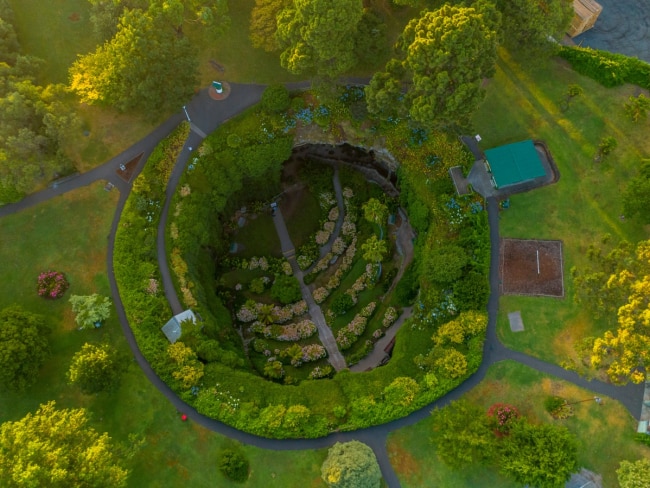
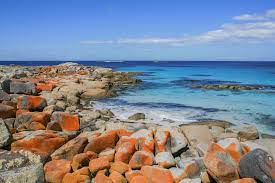
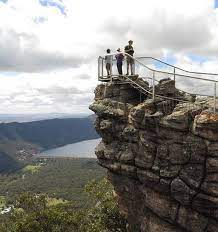
How deep is Umpherston Sinkhole? How did the Umpherston Sinkhole form? Story behind Mount ... Umpherston Sinkhole, also known as the Sunken Garden, is what you'd get if Rio Tinto downed tools and Costa Georgiadis moved in. The limestone crater – 20m deep and 50m across – is a green thumb's utopia in the heart of Mount Gambier.
Tick the formation called Devils Marbles
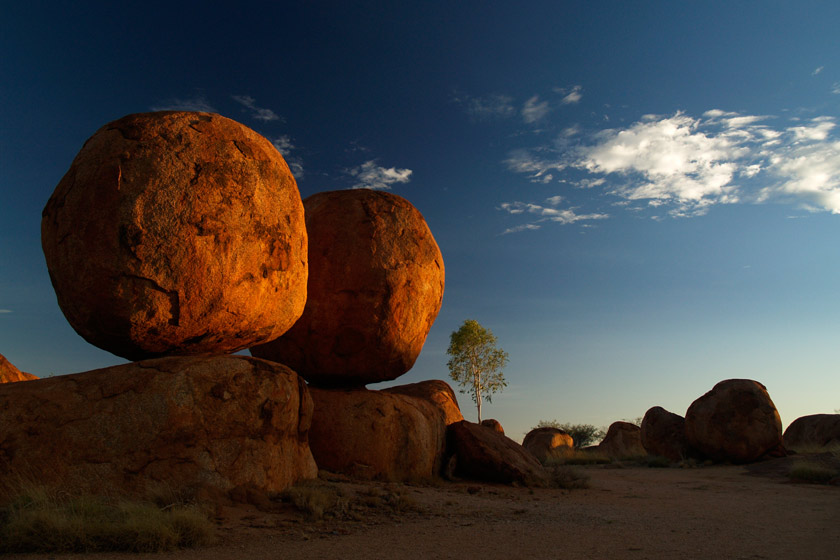
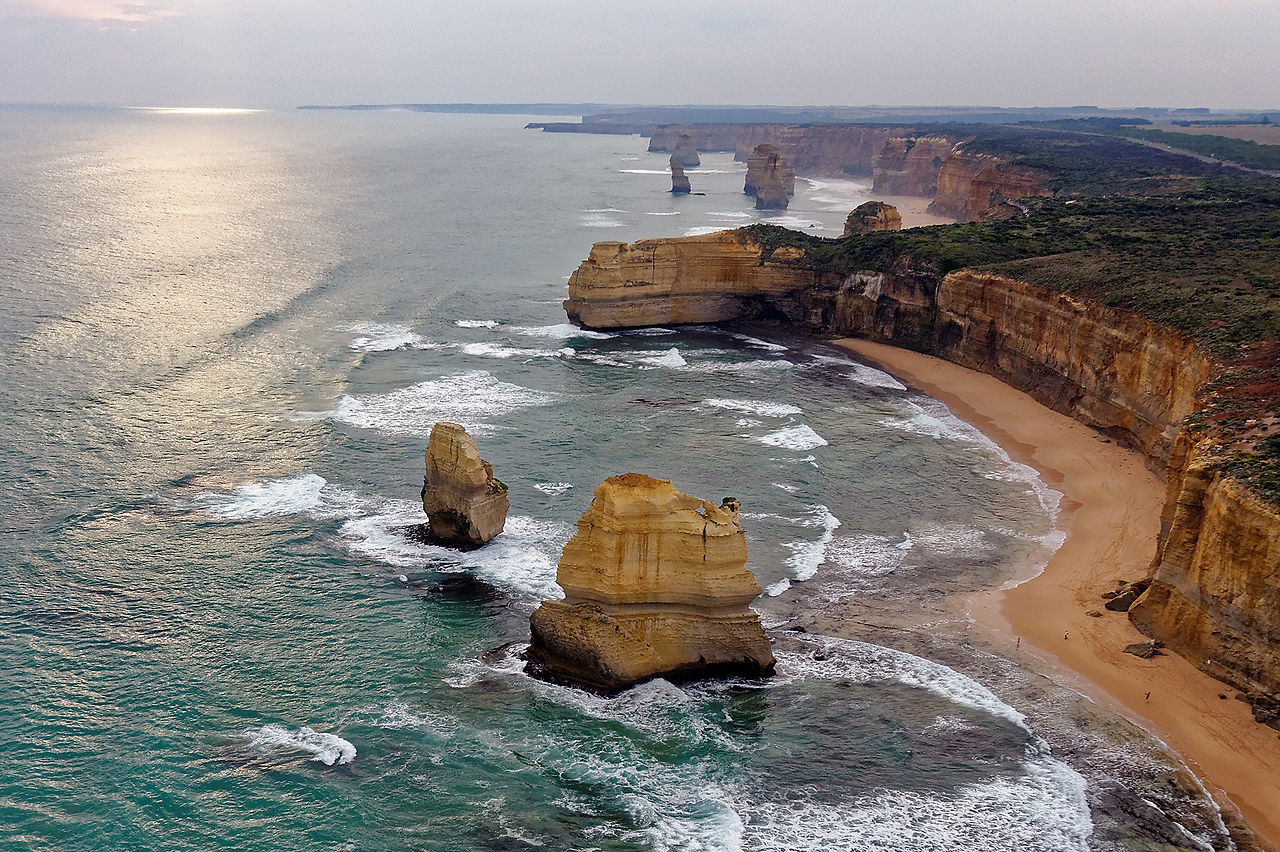
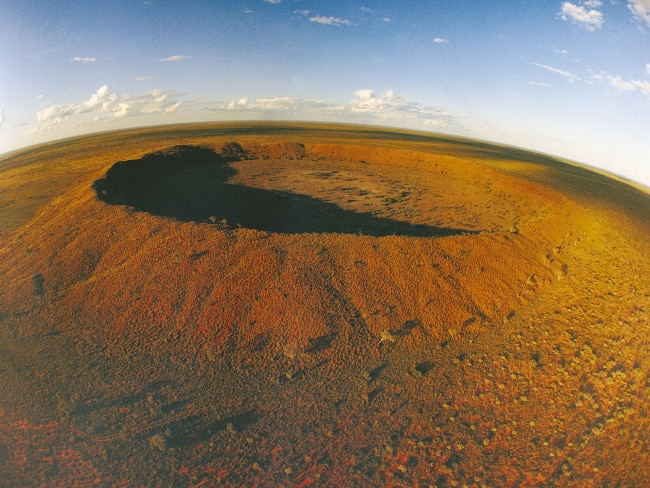
The Devils Marbles are a sacred site known as Karlu Karlu in the language of the traditional owners the Warumungu people. Formed over millions of years, they continue to crack and erode making for a unique view each time you visit. Take your time to explore the region's most famous landmark.
Thick the formation called Painted Cliffs
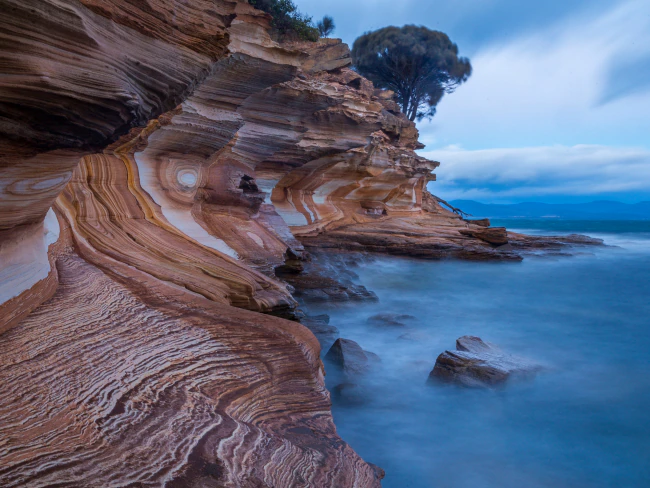

What these cliffs lack in height they more than make up for with their amazing colours and swirling patterns. The patterns are caused by ground water percolating down through the sandstone and staining the rock. Wave action and sea spray have continued the erosion, resulting in magical honeycomb patterns, potholes and notches.
Tick the formation called Wave Rock
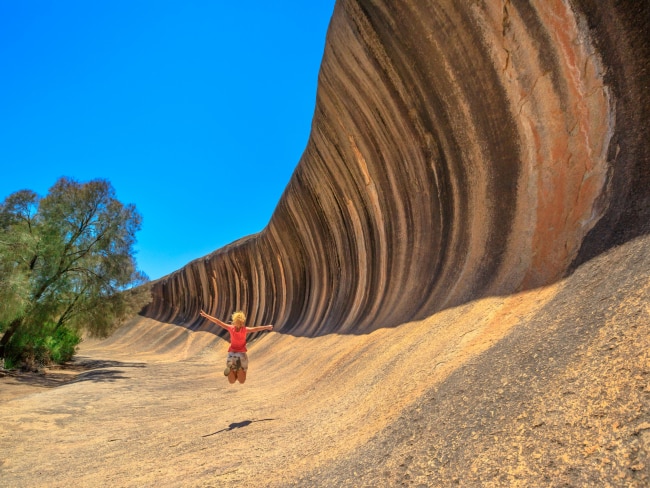

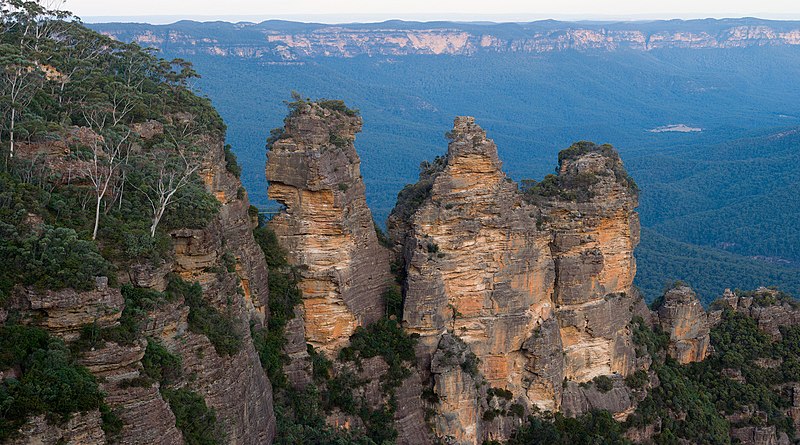
Wave Rock (Nyungar: Katter Kich) is a natural rock formation that is shaped like a tall breaking ocean wave.
Tick the formation called The Pinnacles


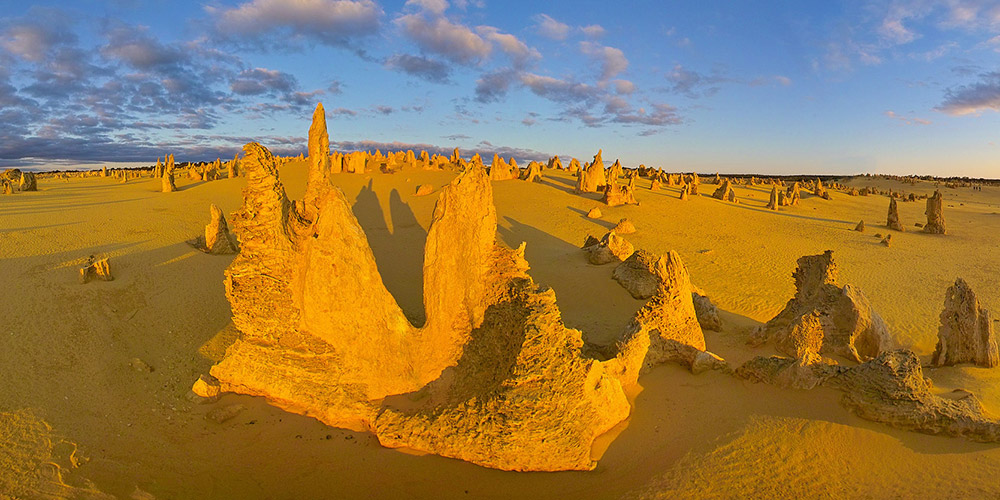
The raw material for the limestone of the Pinnacles came from seashells in an earlier era that was rich in marine life. These shells were broken down into lime-rich sands that were blown inland to form high mobile dunes.[3] However, the manner in which such raw materials formed the Pinnacles is the subject of debate. Three major theories have been proposed
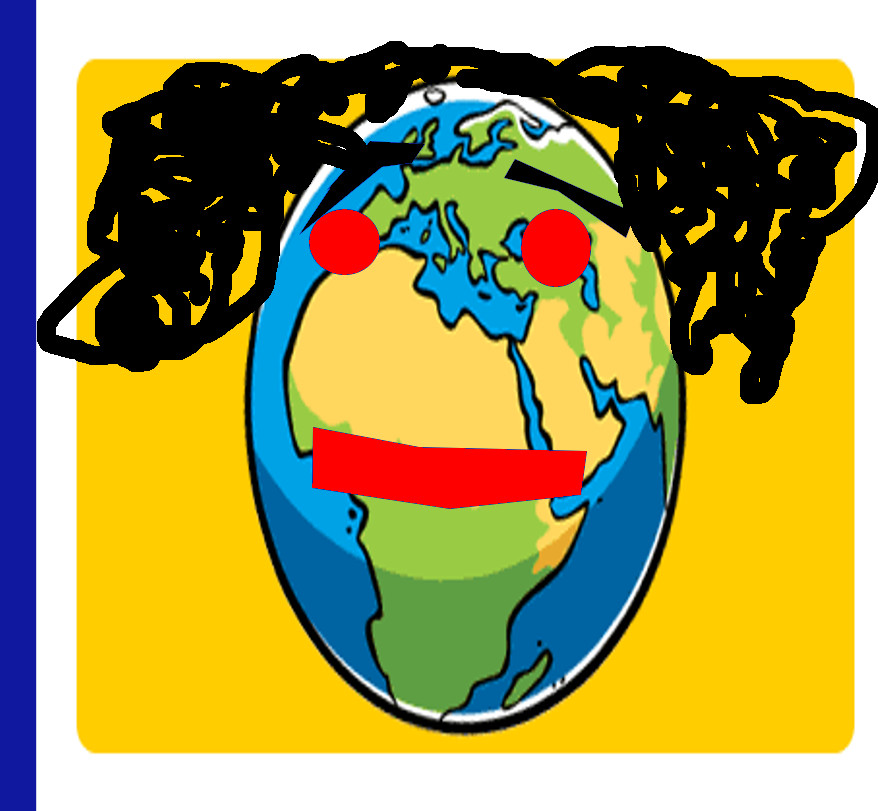

Share your Results:

